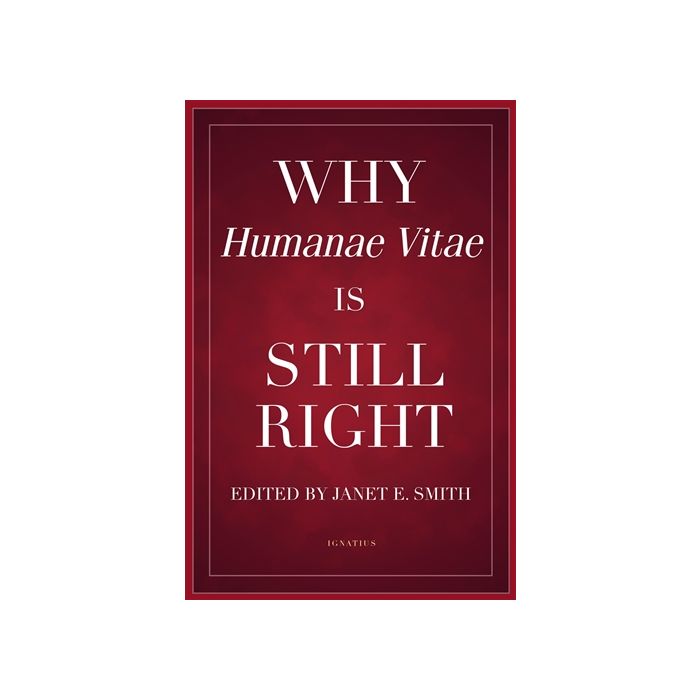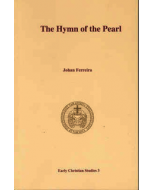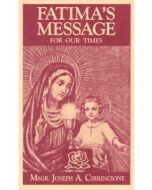Why Humanae Vitae Is Still Right
| Author: Editor: Smith, Janet | |
| Publisher: Ignatius Press | Pages: 380 |
| Binding: Paperback | |
| Code: WHVSRP | |
"Paul VI's genius proved prophetic: he had the courage to stand against the majority, to defend moral discipline, to exercise a 'brake' on the culture, to oppose present and future neo-Malthusianism."
— Pope Francis
"Of all the paradoxical fallout from the Pill, perhaps the least understood today is this: the most unfashionable, unwanted, and ubiquitously deplored moral teaching on earth is also the most thoroughly vindicated by the accumulation of secular, empirical, post-revolutionary fact. The document in question is of course, Humanae vitae."
— Mary Eberstadt, Author, Adam and Eve after the Pill
After half a century, how has the teaching of Pope Paul VI on marriage and birth control, presented in his encyclical Humanae vitae (On Human Life), held up? Very well, says philosopher Janet Smith and her colleagues in Why Humanae Vitae Is Still Right. A sequel to Smith's classic Why Humanae Vitae Was Right, this new volume shows how the ethical, theological, spiritual, and sociological case for Paul VI's controversial document remains strong—indeed, how it's in some ways even stronger today, following Pope John Paul II's Theology of the Body and in light of the problems caused by the sexual revolution.
In addition to essays by Dr. Smith herself, the book features contributions by other renowned experts and scholars such as Mary Eberstadt (author of the best-selling Adam and Eve after the Pill), George Weigel, Therese Scarpelli Corey, Michael Waldstein, Christopher West, Obianuju Ekeocha (author of the best-selling Target Africa), Maria Fedoryka, Deborah Savage, Derek Doroski, Angela LaFranchi, William Newton, Joseph Atkinson,Michele M. Schumacher, and Peter Colosi.
Why Humanae Vitae Is Still Right includes the Krakow Document composed under the supervision of Cardinal Karol Wojtyla (later, Pope John Paul II), which provided research by moral theologians and other experts that helped to shape Humanae vitae to be a more personalistic document.








